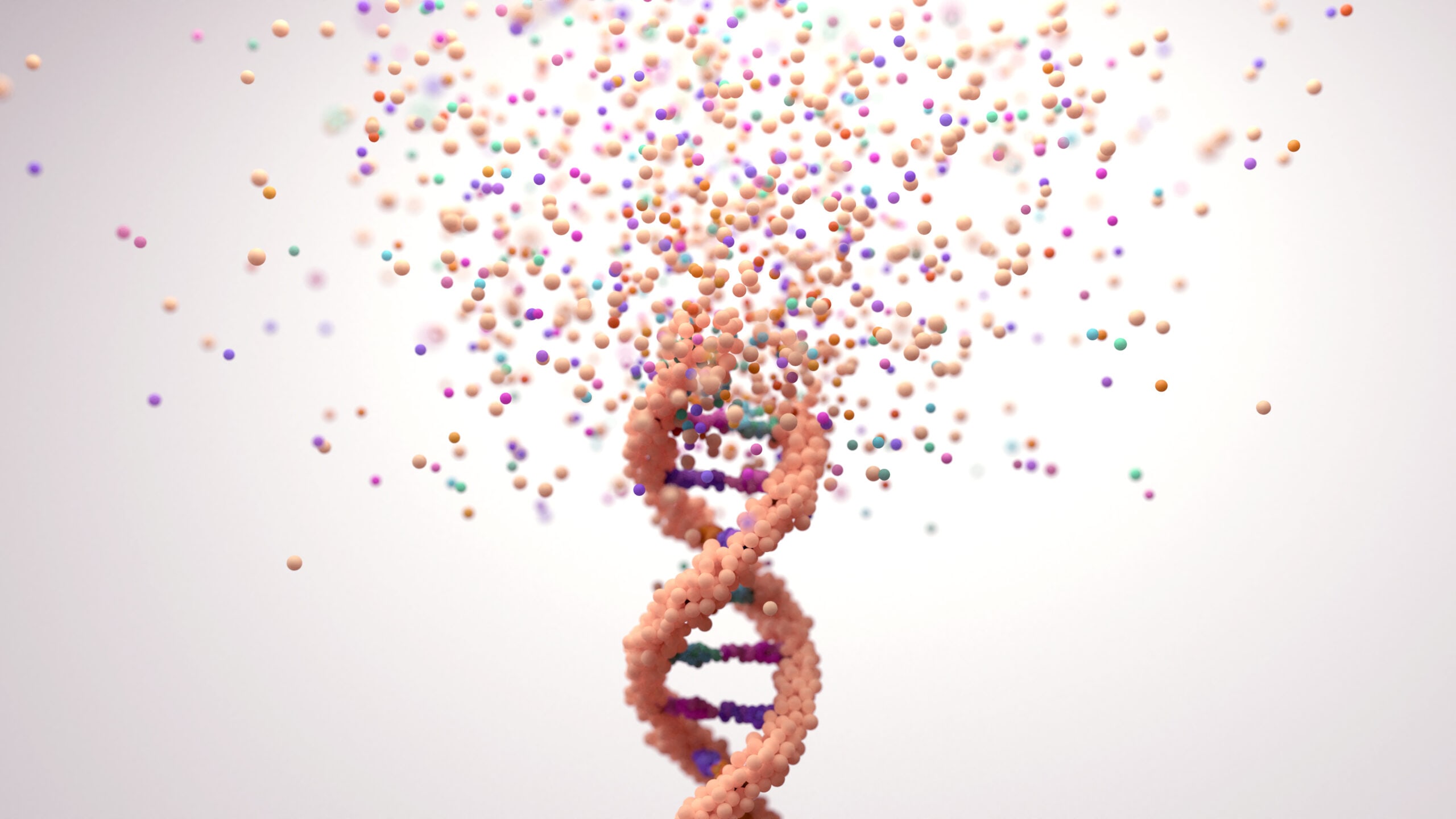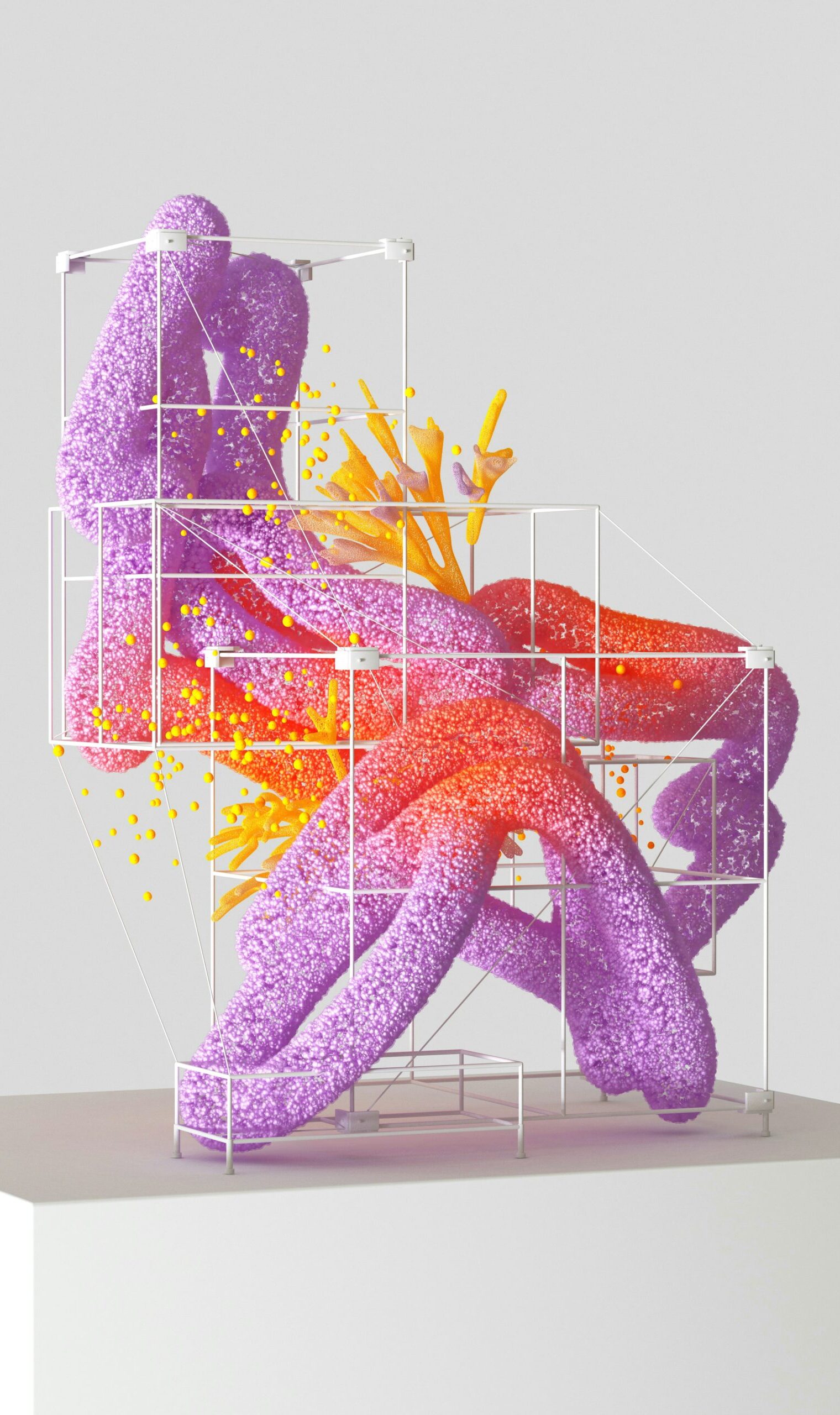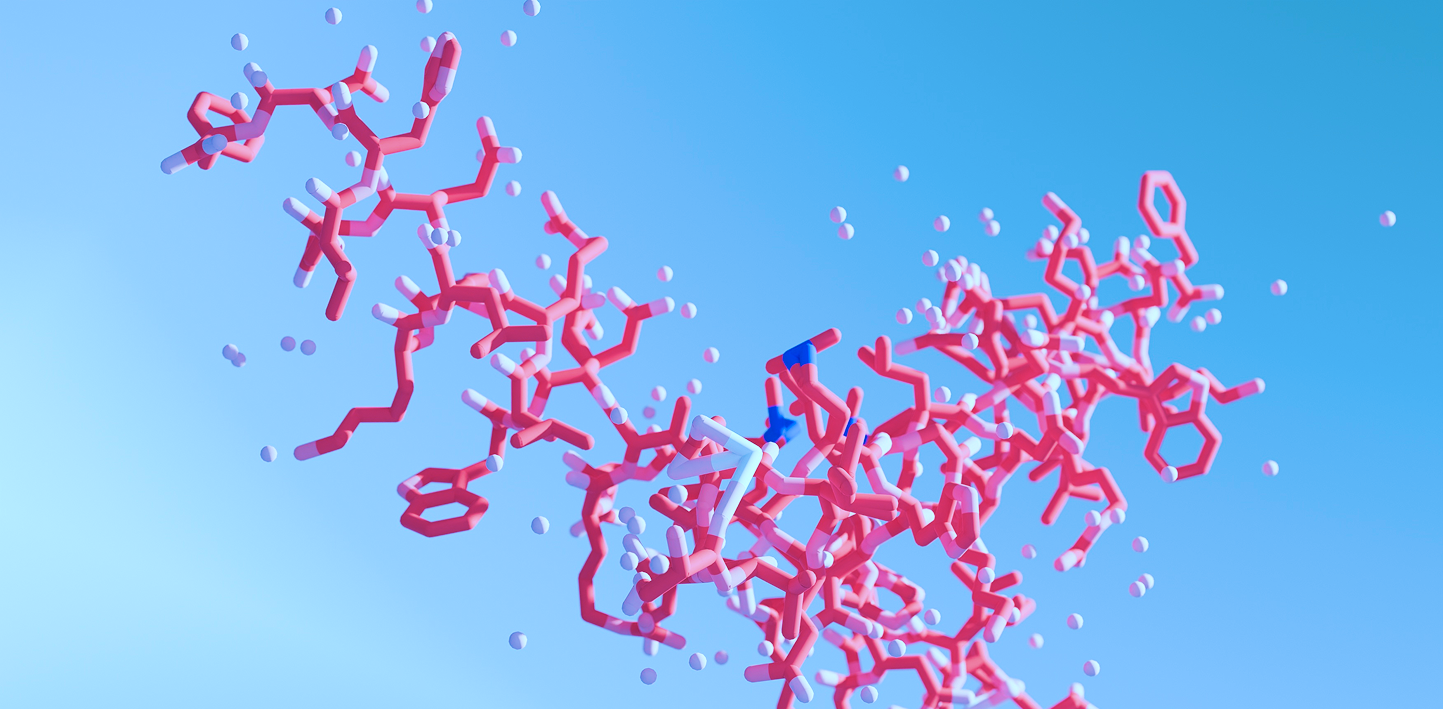5 Minute Read
Generative AI in Drug Discovery: Unlocking Chemical Space Through De Novo Design

The pharmaceutical industry stands at the threshold of a revolutionary transformation. While traditional drug discovery methods have served us well, they've also constrained us to exploring only a tiny fraction of the vast chemical universe that could hold the keys to breakthrough therapeutics. Today, generative artificial intelligence is changing that paradigm, offering medicinal chemists unprecedented tools to navigate previously inaccessible regions of chemical space and design molecules with precision that was unimaginable just a few years ago.
The Scale of Unexplored Chemical Space
To understand the magnitude of this opportunity, consider the numbers: approximately 10⁴ small molecule drugs currently exist, while experts estimate there are up to 10⁶⁰ possible drug-like molecules in the entire chemical space. Even the largest combinatorial libraries, containing up to 10²⁰ compounds, represent merely a drop in this vast ocean of molecular possibilities.
Traditional drug discovery approaches—relying on combinatorial chemistry and high-throughput screening—have historically limited researchers to building upon existing compounds, potentially overlooking novel molecules with superior therapeutic promise. This conservative approach contributes to the industry's well-documented challenges: over 10 years to bring a new drug to market and a staggering 90% failure rate in clinical trials, often due to unexpected toxicity or lack of effectiveness discovered late in development.
The De Novo Design Revolution
Generative AI introduces a fundamentally different approach through "de novo design"—a computational methodology that navigates latent chemical space to create entirely new molecular structures. Unlike traditional screening methods that search through existing compound libraries, de novo design generates novel molecules from scratch, guided by specific therapeutic objectives and optimized for desired properties from the outset.
This paradigm shift offers several transformative advantages:
Proactive Property Optimization: Rather than discovering problems late in development, researchers can design molecules with optimal ADMET (Absorption, Distribution, Metabolism, Excretion, and Toxicity) properties, synthetic accessibility, and target binding characteristics from the initial design phase.
Expanded Chemical Diversity: By exploring previously inaccessible regions of chemical space, de novo design increases the likelihood of discovering truly innovative therapeutic modalities.
Accelerated Timeline: The ability to generate and evaluate thousands of optimized candidates in hours rather than months dramatically compresses the early stages of drug discovery.
Advanced De Novo Design Methodologies
Modern AI-driven drug discovery platforms have evolved beyond simple molecular generation to offer sophisticated, targeted approaches:
Standard De Novo Design
This foundational approach begins with a reference compound and generates diverse molecular libraries through systematic modifications. The process employs two key strategies: structural diversification to explore chemical space around the starting molecule, and multi-parameter optimization to enhance specific properties of interest.
This methodology proves particularly valuable for hit-to-lead optimization, where researchers need to improve upon promising initial compounds.
Structure-Based De Novo Design
By incorporating three-dimensional protein target structures, this approach generates molecules specifically optimized for binding interactions. The methodology uses docking scores to guide molecular generation, ensuring that new compounds are not only chemically novel but also precisely tailored to fit within specific protein binding pockets. This targeted approach significantly increases the probability of identifying compounds with strong biological activity.
Scaffold-Based De Novo Design
This constrained approach maintains core molecular scaffolds while allowing modifications at specific attachment points. By preserving proven structural frameworks, researchers can explore chemical space around validated architectures while maintaining key pharmacophoric features. This methodology proves particularly valuable when working within established chemical series or when intellectual property considerations require structural differentiation.

Integration with Pharmaceutical Data
The true power of modern de novo design platforms lies in their integration with comprehensive pharmaceutical datasets. AIDDISON™, developed through collaboration between MilliporeSigma and EMD Serono (the Life Science and Healthcare businesses of Merck KGaA, Darmstadt, Germany), exemplifies this approach by leveraging over 30 years of proprietary experimental data.
This integration offers several critical advantages:
Experimentally Validated Training: Unlike models trained solely on public datasets, AIDDISON™ incorporates both positive and negative experimental results from decades of pharmaceutical research, providing a more complete and realistic foundation for predictions.
Multi-Parameter Optimization: The platform can simultaneously optimize multiple molecular properties—including ADMET characteristics, synthetic accessibility, and target binding—while maintaining chemical validity and drug-like characteristics.
Proprietary Chemical Intelligence: By training on internal pharmaceutical data, the platform captures subtle structure-activity relationships and failure modes that may not be represented in public datasets, leading to more reliable predictions and reduced late-stage attrition.
Real-World Applications and Case Studies
The practical impact of advanced de novo design becomes clear through specific applications:
Optimizing Known Therapeutics
In one illustrative case, researchers used de novo design to optimize apixaban, a known anticoagulant. Through a two-step approach—first generating diverse structural variants, then refining these for optimal protein binding—the team identified novel compounds predicted to offer enhanced efficacy and safety profiles. This process, which traditionally might take months of medicinal chemistry effort, was completed in hours.
Exploring Novel Chemical Space
When seeking small molecule inhibitors for pyruvate dehydrogenase kinase—a target relevant to cancer and neurodegenerative diseases—researchers started with a published compound and used de novo design to explore entirely new chemical territories. The platform generated candidates with attractive predicted properties that would have been unlikely to emerge from traditional structure-activity relationship studies.
Identifying Allosteric Modulators
In a particularly sophisticated application, researchers used the platform to identify allosteric inhibitors for receptor tyrosine kinases. By combining de novo design with comprehensive searches of commercial compound collections, they successfully identified compounds that modulated protein function through novel binding sites, demonstrating the platform's ability to discover unexpected modes of action.

The Future of AI-Driven Drug Discovery
As generative AI continues to evolve, several trends are shaping the future of de novo design:
Enhanced Synthetic Accessibility: Future platforms will more seamlessly integrate retrosynthetic analysis, ensuring that generated compounds are not only theoretically optimal but also practically synthesizable.
Multi-Target Optimization: Advanced algorithms will enable simultaneous optimization for multiple therapeutic targets, supporting the development of polypharmacological approaches to complex diseases.
Automated Experimental Validation: Integration with laboratory automation will enable closed-loop systems where AI-generated hypotheses are automatically tested, validated, and fed back into the design process.
Personalized Medicine Applications: As our understanding of individual genetic variations grows, de novo design platforms will generate compounds optimized for specific patient populations or even individual patients.
Challenges and Considerations
Despite its transformative potential, AI-driven de novo design faces several important challenges:
Data Quality and Bias: The quality of generated molecules depends critically on the quality and comprehensiveness of training data. Platforms trained primarily on successful compounds may miss important failure modes, while those incorporating negative data provide more realistic predictions.
Experimental Validation: Computational predictions, no matter how sophisticated, require experimental validation. The most successful implementations combine AI-generated hypotheses with robust experimental testing protocols.
Interpretability: As AI models become more complex, understanding why specific molecules are generated becomes increasingly challenging. Developing interpretable AI systems remains crucial for building confidence in computational predictions.
Integration with Traditional Methods: The most effective drug discovery programs combine AI-driven design with traditional medicinal chemistry expertise, requiring new collaborative frameworks and skill sets.
Conclusion: A New Era of Molecular Innovation
Generative AI represents more than just a technological advancement in drug discovery—it marks a fundamental shift in how we approach molecular innovation. By unlocking previously inaccessible regions of chemical space and enabling the design of molecules optimized for multiple parameters simultaneously, de novo design platforms are accelerating the discovery of novel therapeutics and improving the probability of clinical success.
Platforms like AIDDISON™, which combine cutting-edge AI algorithms with decades of pharmaceutical expertise and experimental data, demonstrate the transformative potential of this technology. As these tools continue to evolve and integrate more seamlessly with experimental workflows, they promise to address some of the pharmaceutical industry's most persistent challenges: long development timelines, high attrition rates, and the difficulty of finding truly innovative therapeutic modalities.
The future of drug discovery lies not in replacing human expertise with artificial intelligence, but in augmenting human creativity and insight with computational power capable of exploring molecular possibilities at unprecedented scale and speed. For medicinal chemists and drug discovery professionals, this represents an extraordinary opportunity to push the boundaries of what's possible in therapeutic innovation.
As we stand at this inflection point, the question is not whether AI will transform drug discovery, but how quickly we can harness its potential to bring better medicines to patients who need them. The tools are here, the data is growing, and the possibilities are virtually limitless. The next breakthrough therapy may well emerge from regions of chemical space that, until now, existed only in the realm of computational possibility.


